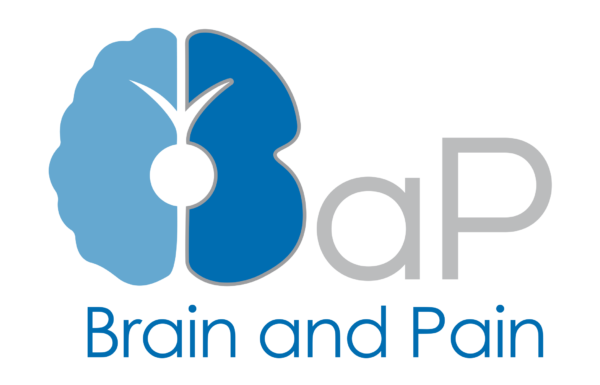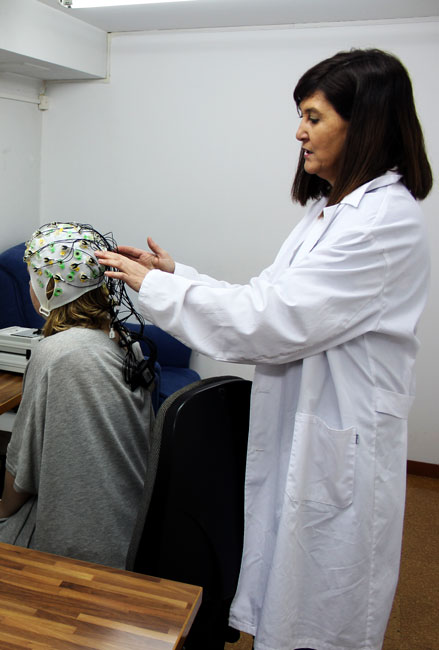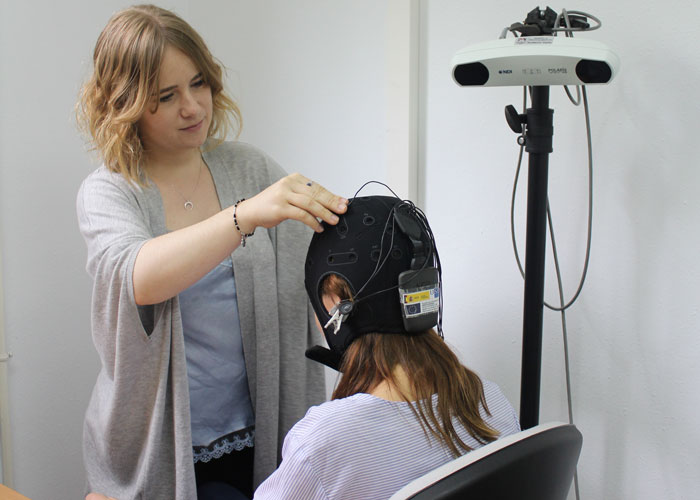The Brain and Pain (BaP) research group was born with the aim of improving the quality of life of patients suffering from chronic pain by applying up-to-date knowledge on the neural bases of pain processing and modulation.
The failure of pharmacological and surgical interventions to control pain is evident in patients with drug-resistant and refractory pain. This indicates the need for a paradigm shift in pain management, from a diagnostic-based strategy to one based on the knowledge of the mechanisms that explain why pain becomes chronic.
At BaP, we understand pain as a complex experience influenced by psychological, biological, and social factors. Therefore, we propose a comprehensive evaluation of the central nervous system responses and brain plasticity mechanisms that explain chronic pain, aiming to identify biomarkers and develop more individualised and specialised intervention strategies.
In addition, we are interested in testing alternative treatments for pain control, based primarily on neuromodulation techniques. These techniques are innovative, cost-effective, easily integrated into health care services, and can be applied in health centers and the patient’s home.








